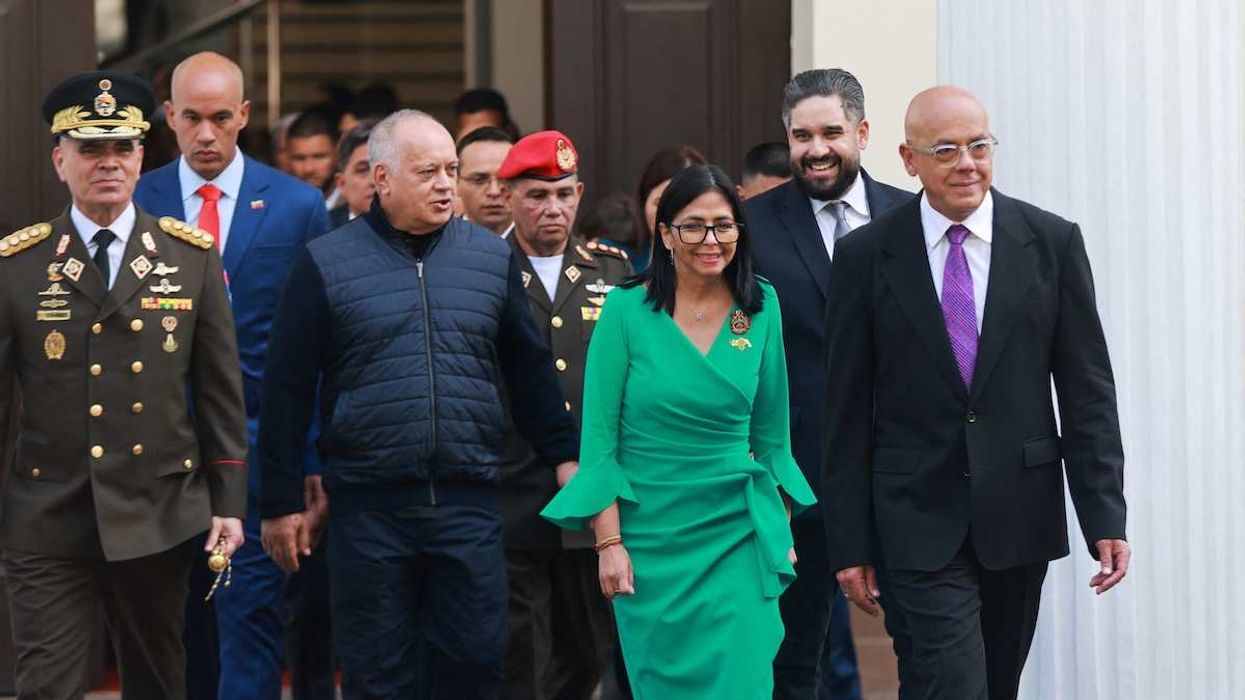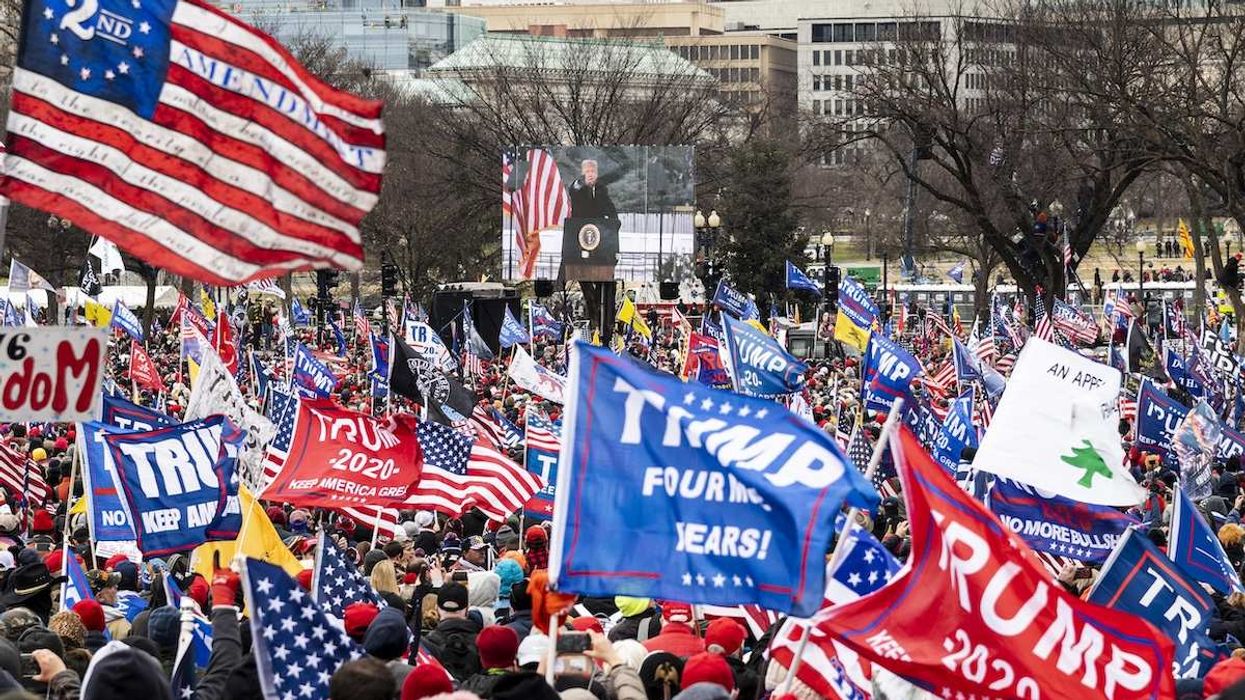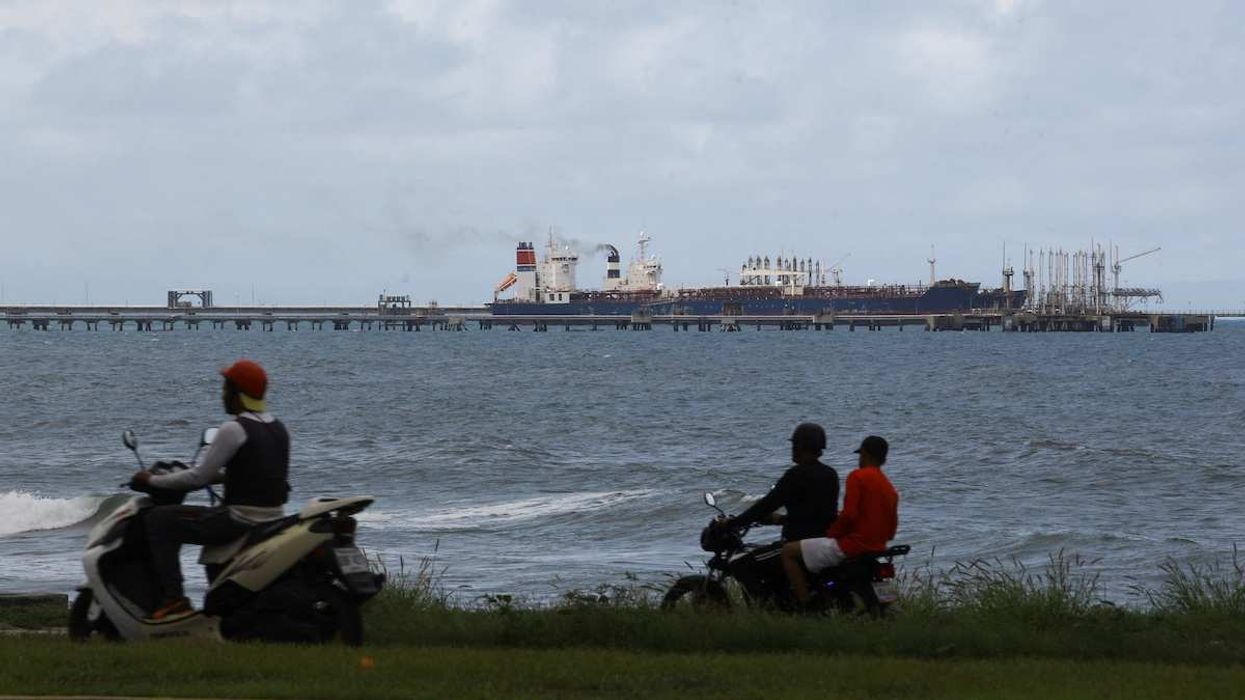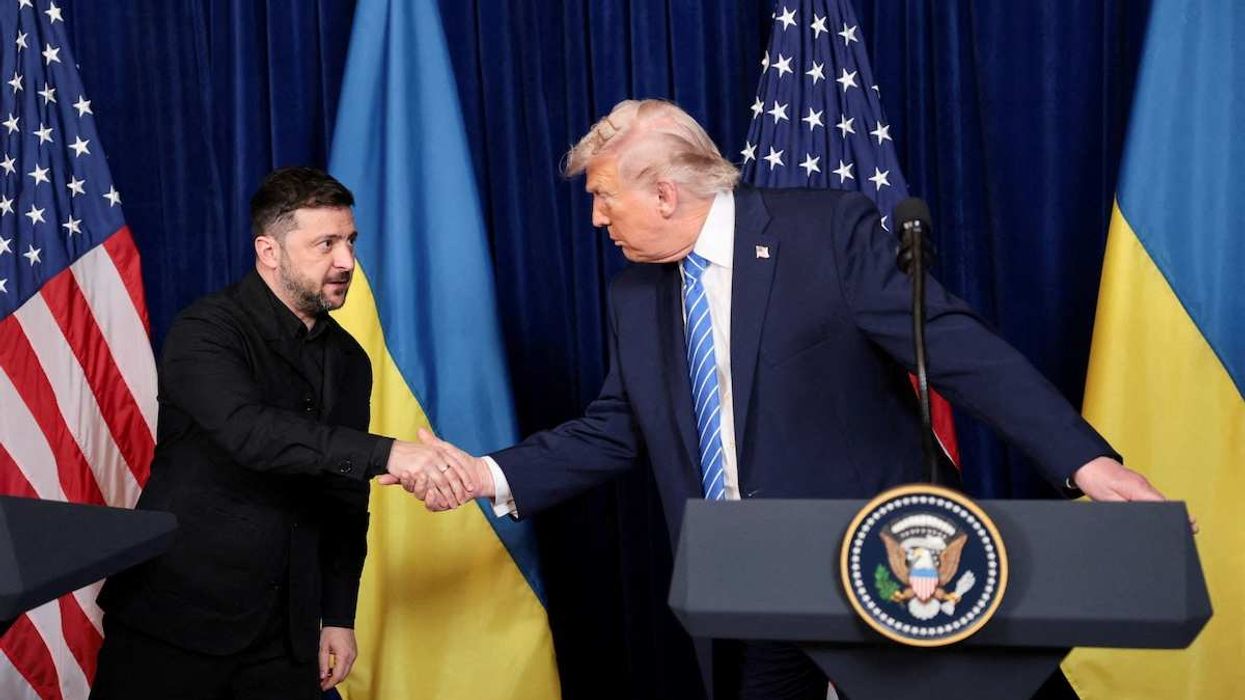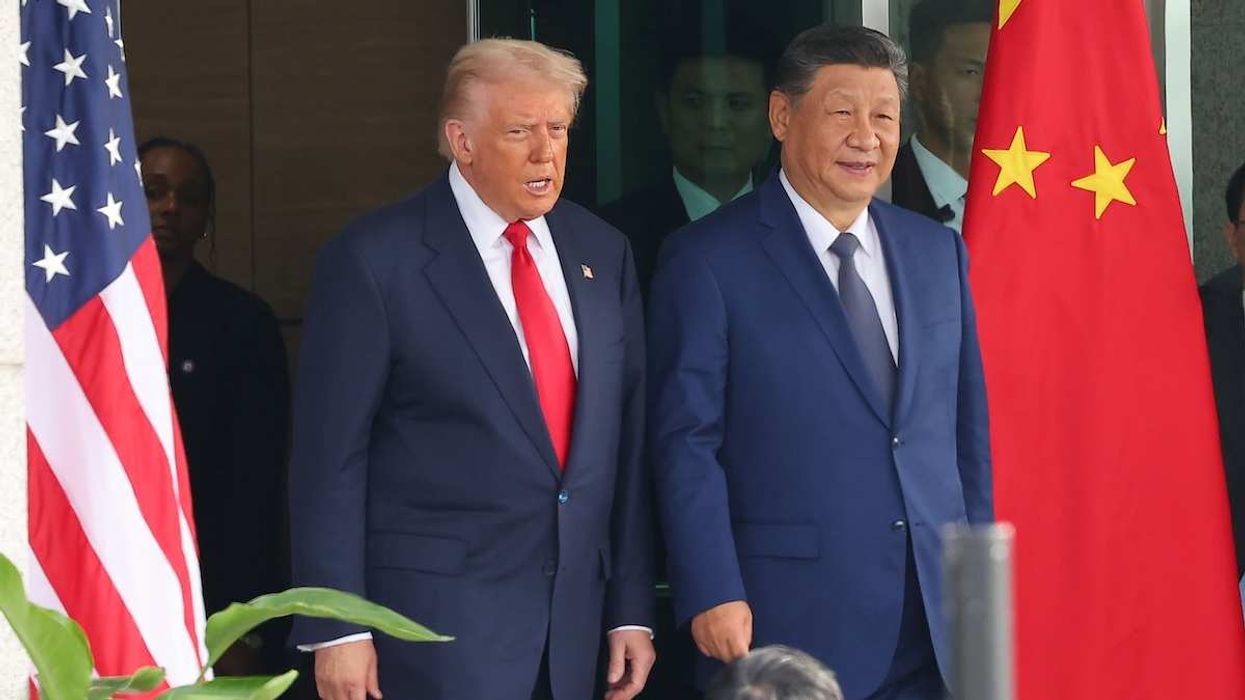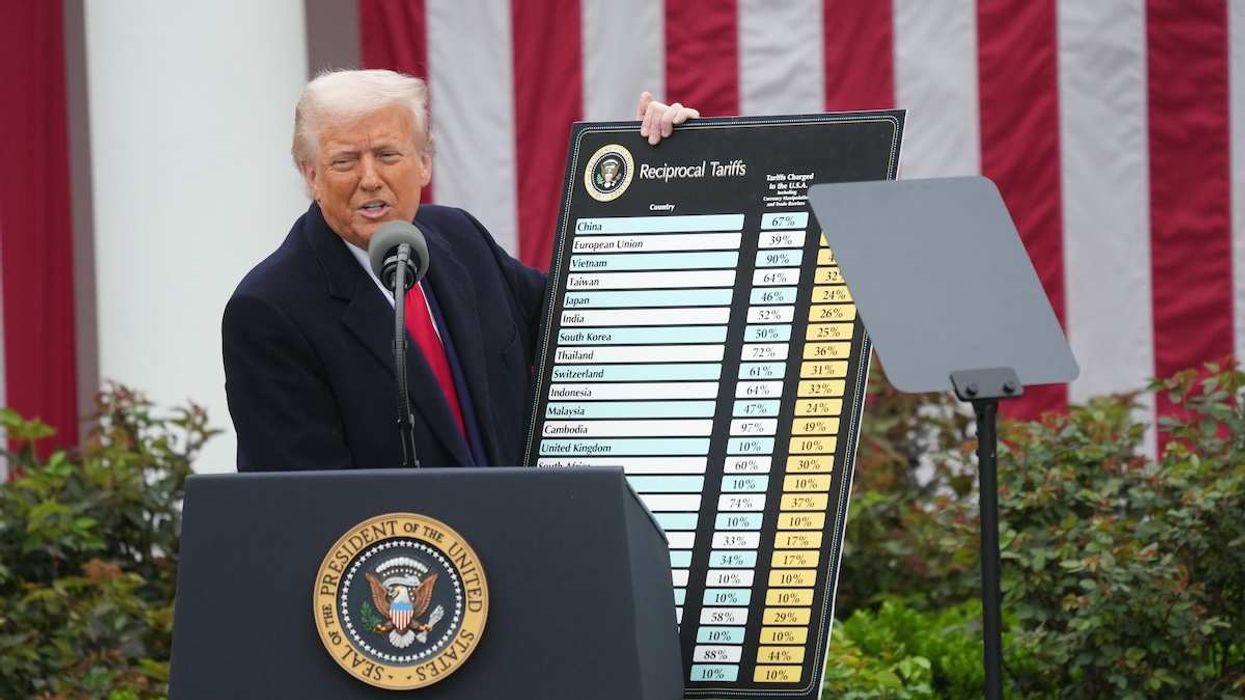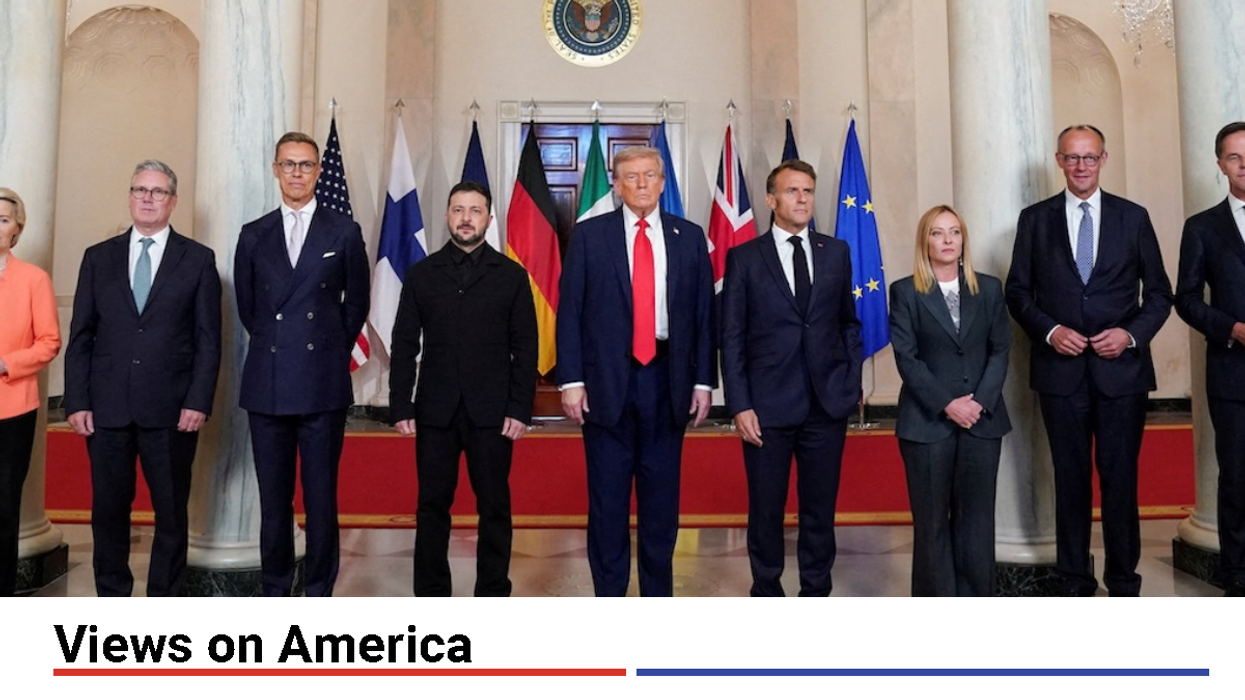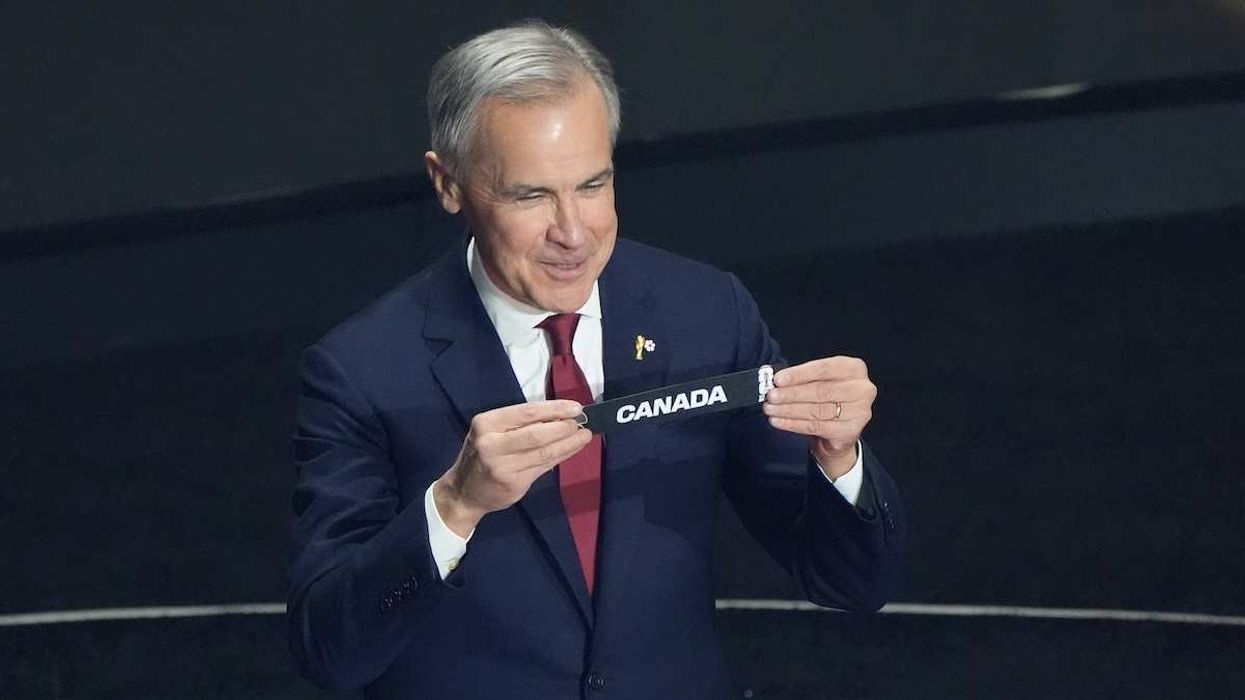Analysis
Dealing with Delcy: Regime change without changing the regime
Having ousted dancing strongman Nicolás Maduro, Washington has turned to his vice-president, 56-year-old Delcy Rodríguez. The Trump administration won’t necessarily have it easy with the new leader.
Jan 06, 2026
